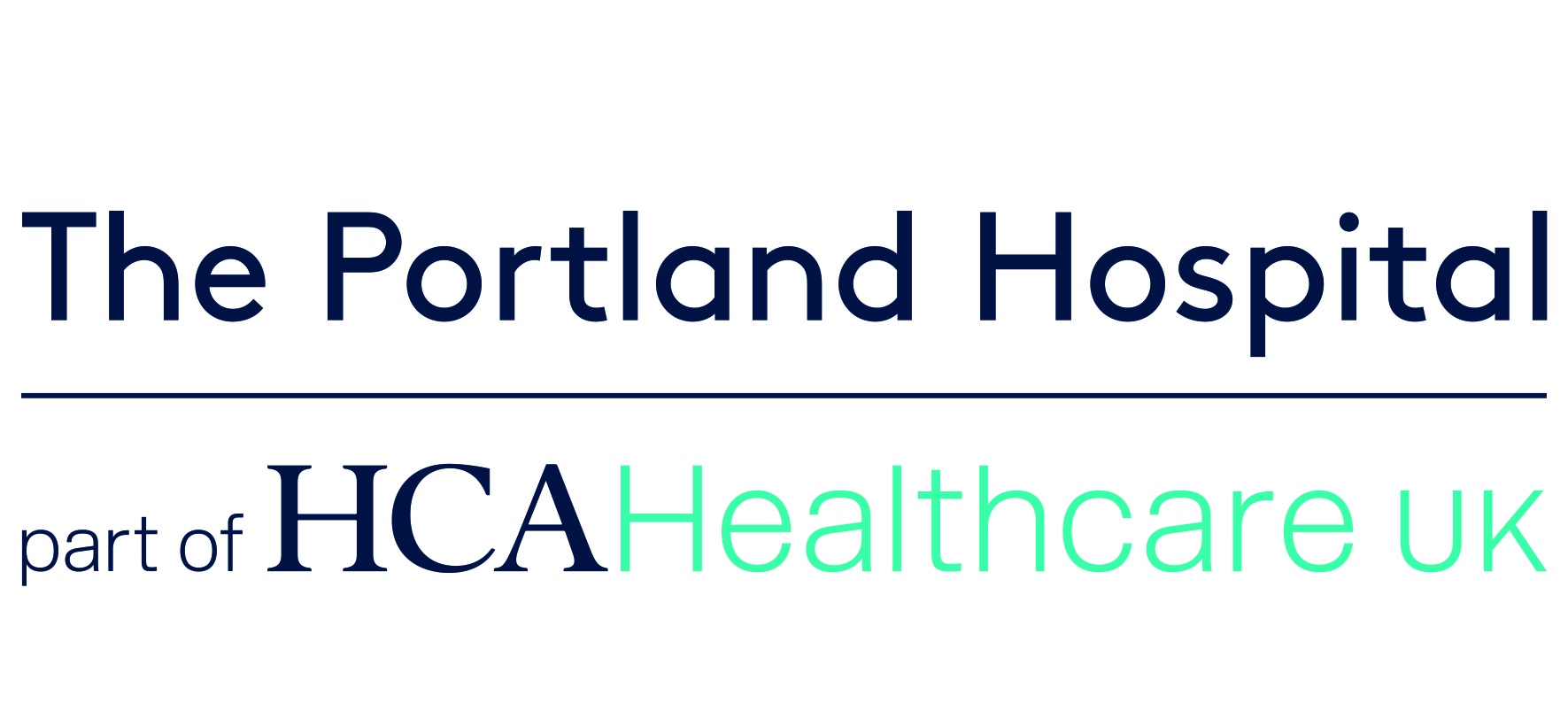Having your baby lying on your chest in skin to skin contact helps calm you both after the stresses of labour. This close contact between you and your baby produces oxytocin, which helps you bond with and fall in love your baby. Furthermore, having your baby on your chest in this way stimulates your baby’s natural and very strong feeding instincts and your she will spend time rooting and familiarizing herself with your breasts. The more time she spends licking and nuzzling the better as it will help her work out how best to attach and feed. This is a very important time for you both and it is best if baby is not rushed to feed before she is ready.
Have lots of skin-to-skin contact with your baby as soon as possible after she is born. Lie her across your chest and have a long cuddle. Skin to skin contact after the birth stimulates breastfeeding instincts in your newborn. It also helps to calm down baby’s heart rate and breathing and helps baby feel safe and secure after the trauma of birth. In addition it helps to colonise the baby with your family friendly bacteria that helps their immune system.
The very first milk you produce is called colostrum. Midwives often call it ‘liquid gold’ since it’s so good for your baby when they’re newly born. It contains everything your baby needs in terms of nutrition and is packed full of protective factors which help baby adjust to life outside your womb. Because it’s so nutritious, your baby doesn’t need very much at all, so don’t worry if she doesn’t seem to have much milk for the first few feeds.
When your baby is born, her tummy is about the size of a little cherry! It’s really tiny. That means her tummy will fill quickly, but it will also empty quickly. So she’ll need lots of feeds.
This is fine and you should try to just go with the flow. Your own milk production will be encouraged by your baby feeding a lot. Your baby feeding gives feedback signals to your body to make milk. At first, it might be around every hour, and you should try to let your baby feed whenever she wants. Like all mammals, babies feed day and night and it can be exhausting in those early weeks. Try to sleep when your baby sleeps and ask as many favours as you can from family and friends in the first few days and weeks.

Lots of mums worry in the first few days because they think their milk hasn’t or won’t come in. It usually takes a few days. Colostrum will usually keep your baby going happily for those days and remember how tiny her tummy is. Remember your colostrum IS milk just in a highly concentrated form. The perfect milk for the start of your baby’s life.
The more you breastfeed, the more your milk will be encouraged to start. So even if it feels like you’re not feeding much, or there’s not a lot in your breasts, keep feeding and the feedback loops will start to work. You’ll know when it’s happened, your breasts will feel full.
If you have any on-going worries or concerns, ask your Health Visitor when she drops in, pop into your local children’s centre breastfeeding group, or speak to your midwife. It’s also helpful to know what your baby’s nappies should look like in the first few days of life so you can be reassured your baby is getting the milk they need.
Watch it being done by people who know how
See if there are any breastfeeding drop in groups running in your local area or ask your midwife is she knows of any. Humans learn new skills best by watching other people doing them. Breastfeeding is no exception. The trouble is that these days many mums haven’t ever seen anyone breastfeeding by the time they have their own babies.
Even so, there is a great deal you can do to help you get started on breastfeeding. The main thing to remember is that it’s a combination of an instinctive behaviour and a learned skill and only very few (lucky) Mums just pick it up as they go. Most of us need to learn how like we would with any new skill.
The best way to learn is by watching someone who’s good at it. If you’re lucky you’ll have a friend, sister, cousin, someone who won’t mind you having a good look at what they’re doing. You can also visit a local breastfeeding support group even before you have a baby. It can be a good way to find out about local services and get some useful tips.
Local support
Get some experts lined up in advance.
NCT antenatal classes and active birth antenatal classes are great for advice on first breastfeeds after the birth.
Locate your local authority children’s centre (ring your council or look up their website online). They may have drop-in breastfeeding classes or peer support groups. When you leave hospital, you are usually given information about your local breastfeeding support in the community or your midwife can tell you more.
Having local friends and drop-in groups can really help, just to encourage you that you’re doing the right things, or to help when you think things might not be quite right.
WHO, 2018. Evidence for the ten steps to successful breastfeeding.
Widström AM, Ransjo-Arvidson AB, Christensson K et al (1987) Gastric suction in healthy newborn infants: Effects on circulation and developing feeding behaviour. Acta Paediatrica Scandinavica, 76:566-572.
Widström AM, Wahlberg V, Matthiesen AS (1990) Short-term effects of early suckling and touch of the nipple on maternal behaviour. Early Human Development, 21(3):153-63.
For a list of useful contact details for The Portland Hospital, please click HERE.
